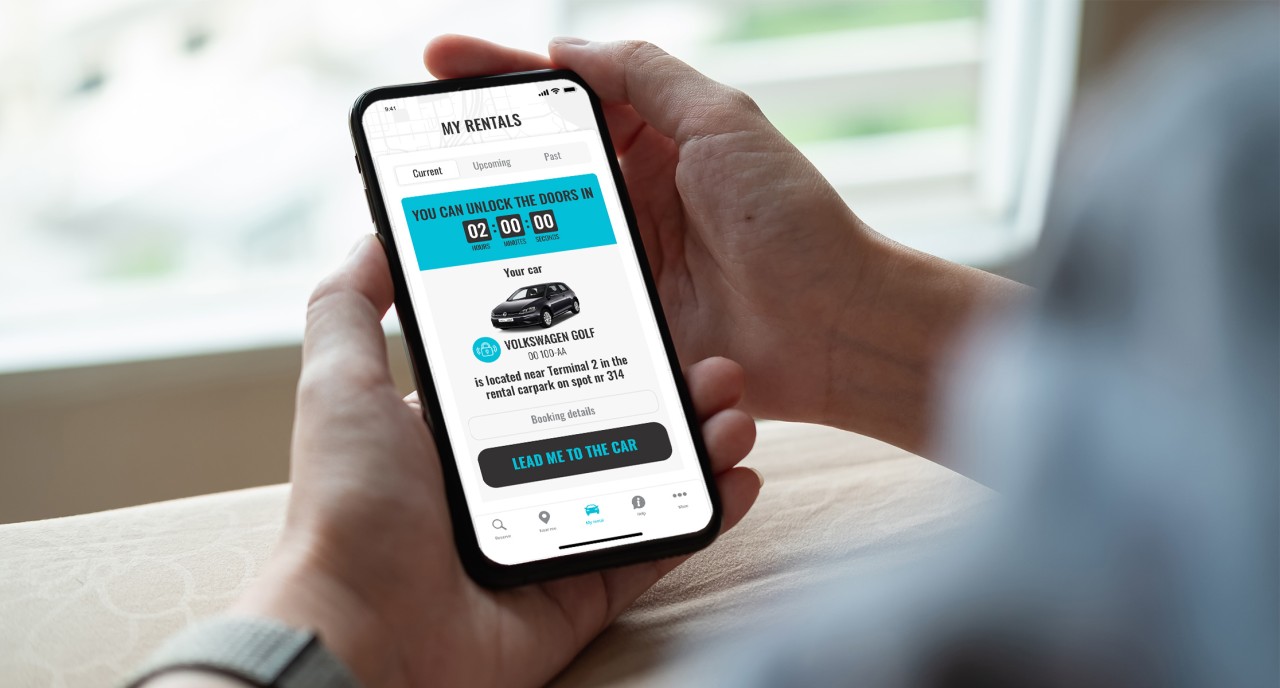In-app purchasing (IAP) means buying products and services inside a mobile application without navigating to a web browser.
Companies can benefit from in-app purchasing in various ways. First, app developers can use the “freemium” business model by adding premium upgrade options, features or items to their free applications. This enables them to cover the costs of creating and maintaining the apps as well as earn profit. Paid features are very common in different gaming apps but also dating apps such as Tinder.
Second, entrepreneurs can use mobile apps as one channel within their omnichannel framework. For example, Airbnb has a mobile app as one of its sales channels. After reserving accommodation in the app, the user can also see paid activity suggestions and purchase these within the same app.
IAP is convenient for users as they do not need to visit a separate website to pay for their purchase. However, users also expect to have fast and effective customer support within the app they use for making purchases. If they need to navigate to a web browser or another app, the process is not as convenient anymore. Additionally, the customers should be able to request a refund within the same app.
As in-app payments are made through mobile devices, there are security threats to consider, especially if users’ credit card data is stored in the app in an insecure manner. But also weak usernames and passwords increase the security risks. Although there are no widespread guidelines for IAP, it has attracted the regulators’ interest. This has happened largely because many children use smartphones and it is easy for them to make payments in apps without parental authorization.
With omnichannel and fully digitized sales practices becoming increasingly common, the market demand for in-app purchasing solutions is growing. Raising challenges to all stakeholders, IAP contributes to the current mobile-oriented and customer-centric e-commerce trends.


